![Valery Gergiev, Antoine Tamestit, Karen Cargill, London Symphony Orchestra - Berlioz: Harold en Italie (2015) [Official Digital Download 24bit/96kHz] Download](https://imghd.xyz/images/2022/09/01/vao774dgbxa4b_600.jpg)
Valery Gergiev, Antoine Tamestit, Karen Cargill, London Symphony Orchestra – Berlioz: Harold en Italie (2015)
FLAC (tracks) 24 bit/96 kHz | Time – 01:03:09 minutes | 1,23 GB | Genre: Classical
Studio Masters, Official Digital Download | Digital Booklet, Front Cover | © LSO Live
Violist Antoine Tamestit and mezzo-soprano Karen Cargill join forces with the London Symphony Orchestra and Valery Gergiev in the latest instalment of their Berlioz exploration.
Harold en Italie was composed in 1834 at the suggestion of Paganini (he wanted a showcase for his new viola). Inspired by Lord Byron’s poetic oddessy Childe Harold’s Pilgrimage Berlioz wrote of it that he ‘wanted to make the viola a kind of melancholy dreamer’. The cantata Cléopâtre was written for the 1829 Prix de Rome, and remains among Berlioz’ most neglected works.
Harold en Italie, Op 16 (1834) :: The differences between Berlioz’s music and that of his German contemporaries are much more striking than the affinities. Except occasionally, when it recalls Weber or Beethoven, it doesn’t sound anything like them. Its separation of timbres and clarity of texture are far removed from the piano-suffused sonorities of Wagner and Schumann. Berlioz’s formal procedures, too, are different. His symphonic movements rarely follow Viennese sonata practice. Their roots in his French (or adopted French) forebears—Méhul, Spontini, Cherubini, Le Sueur—become clearer the more we get to know their work.
Yet his music—if not its sound or structure, then the ideals behind it, the ethos, the poetic assumptions—would be unthinkable without Beethoven’s Fifth, Sixth and Ninth symphonies and Weber’s Der Freischütz. Berlioz’s discovery of Beethoven and Weber (paralleling his discovery of Shakespeare and Goethe) had a radical effect on the young musician brought up on a diet of French opera. A new world opened before him.
The influence of Beethoven :: Beethoven, in particular, revealed the symphony as an undreamed of medium for personal drama: music, by means of the modern orchestra, was free to say what it liked how it liked, nothing in human experience or in nature was alien, and musical form was a living thing, no longer rule-bound and pre-ordained but created afresh in response to the needs of the work in question. From now on Berlioz looked to Germany as the sacred homeland of music. Nothing in his career pleased him more than to be received by German musicians as one of them, and to feel that, in return for what he had received, he was giving them something back—a process that began with Liszt being influenced by the Symphonie fantastique (and making a piano reduction of it), and that continued, through Wagner and the profound effect on him of the Roméo et Juliette symphony, at least as far as Mahler.
The influence of Beethoven, however, could only be general, not specific. It was a matter of inspiration, not of imitation. So, though Berlioz is deeply concerned with issues of musical architecture, he works out his own salvation. Though he will learn from Beethoven’s technique of thematic transformation, he will not use him as a model. The Berliozian dramatic symphony comes out of Beethoven but doesn’t copy him. And there is, each time, a fresh approach. Harold in Italy, his second such work, has movement titles, like the Symphonie fantastique, but no written programme. And though, as with the Fantastique, there is a recurring melody, it is used in a quite different way.
The Byron connection :: How close is the Byronic connection assumed by the title of the work? Identification with the author of Childe Harold’s Pilgrimage was common among the French Romantics. Yet the title, which Berlioz chose for the symphony, composed after his return from his year in Italy as winner of the Prix de Rome, was more than just a gesture to fashion. It reflected a preoccupation that permeated his experience of Italy. That experience began under the auspices of Byron, with an encounter with a Venetian sea-captain who claimed to have commanded the poet’s corvette on his journeys through the Adriatic and the Greek islands. In the months that followed, Berlioz’s imagination would often give a Byronic slant to what he did or thought. During the dog days in Rome, to escape the unbearable heat, he liked to go to St Peter’s, taking with him a volume of Byron, and, ‘settling myself comfortably in a confessional, enjoy the cool of the cathedral in a religious silence unbroken by any sound but the murmur of the two fountains in the square outside, wafting in as the wind stirred momentarily. I would sit there absorbed in that burning verse…I adored the extraordinary nature of the man, at once ruthless and of extreme tenderness, generous-hearted and without pity’.
Harold originated in a request from Paganini for a piece featuring the Stradivari viola he had recently acquired. But when the first idea had been abandoned and replaced by a symphonic work inspired by Berlioz’s wanderings in the foothills of the Abruzzi, the solo viola, cast in a less soloistic role, became (in Berlioz’s words) ‘a kind of melancholy dreamer in the style of Byron’s Childe Harold’—an observer standing apart. The ‘Harold’ theme preserves its identity unchanged throughout (in this it differs from the idée fixe in the Fantastique). At the same time, it is through the consciousness of this observer that the scenes of Italian nature and life are presented: the theme, as well as recurring constantly, is the source from which much of the work’s thematic material is derived. The different sections are linked, not merely at the surface level of a ‘motto’ theme but organically.
Harold in the Mountains :: The first movement opens with a darkly chromatic fugato, beginning on cellos and basses, with a plaintive bassoon and oboe counter-subject. Woodwind add a melancholy tune which will be revealed as a minor-key version of the ‘Harold’ theme. The music rises to a grand, cloudy fortissimo, after which the fugato resumes. It culminates in a flourish, whereupon the texture clears, G minor becomes G major with the effect of sudden sunshine breaking through, and harp arpeggios introduce the soloist. The viola’s statement of the main theme—an open-hearted melody with a touch of melancholy—runs to some 30 bars. The theme is then restated in slightly shorter form and in canon, richly scored. This leads to the Allegro, in 6/8 time and with an easy, swinging gait (speed is reserved for the coda). The sprightly second theme only feints at the orthodox dominant key; and, once the exposition of the musical material has run its course, the formal elements (development, recapitulation, coda) are merged in a continuous process in which the cross-rhythms and metrical superimpositions that are a feature of the work are prominently displayed.
Pilgrims’ March :: The Pilgrims’ March moves in a single arc (pppp to f, then back to pppp) which contains three musically developed ideas: the procession’s approach across the stretched-out evening landscape and its disappearance into the dusk, the gradual change from day to night, and the curve of feeling in the solitary observer of the scene, from contentment to angst and isolation. The musical materials are a broad E major theme repeated many times in differing forms, variously harmonised, above a trudging bass; two bell-like sonorities which recur constantly (a tolling C natural on horns and harp and a thinner, brighter sounding B on flute, oboe and harp); a fragment of chorale for woodwind alternating with muted strings; and the comments of the solo viola, first with the ‘Harold’ theme, then as a series of arpeggios played on the bridge of the instrument. In a long final diminuendo the bell notes and the march theme (pizzicato strings) grow fainter and fainter till only the viola is left.
Serenade :: The idea for the third movement came from the pifferari, strolling wind players whom Berlioz encountered during his stay in Italy. A rapid, skirling tune on oboe and piccolo above a drone bass, accompanied by a persistent rhythm on the orchestral violas, gives way to an Allegretto half the speed, whose cor anglais melody is embellished by the other woodwind and then combined with the (thematically related) ‘Harold’ theme. The brief Allegro is then repeated, after which the music and tempos of the two sections are combined while, high above, the ‘Harold’ theme rings out on flute and harp.
Brigands’ Orgy :: The finale begins with a brusque call to order, full of vigorous syncopations. Then the themes of the previous movements are reviewed in turn and rejected, after the manner of the finale of Beethoven’s Ninth, though for opposite reasons: Beethoven’s is to clear the way for a new element, the human voice, Berlioz’s to remove the soloist. Harold’s theme is the last to go, becoming gradually more indistinct before the gathering onslaught of the brigands. Rhythm, with the percussion unleashed, is now dominant, and brilliant orchestral colour. (The music’s drive and exuberance of rhythm, texture and sonority anticipate Berlioz’s opera Benvenuto Cellini, composed two years later.) Towards the end the orchestral momentum is halted, and we hear in the distance (two violins and one cello offstage) an echo of the Pilgrims’ March. The solo viola is stirred to momentary response. Then its nostalgic comments merge once again in the tumult of the orchestra, and the orgy resumes and carries the movement con fuoco to its headlong conclusion.
La mort de Cléopâtre (1829) :: Berlioz’s difficulties as a young composer trying to establish himself came to a head with Cléopâtre, his cantata for the Prix de Rome competition in 1829. The prize, awarded by the august Académie des Beaux-Arts, symbolised all he regarded as reactionary in official Parisian art. But it meant money, which he badly needed. The winner received a grant for five years, as well as a gold medal which, when sold, paid his rent until he left for Rome. Berlioz’s nature was opposed to compromise. Compromise, however, was the key to the prize. The Academy favoured safe mediocrity.
This posed a serious dilemma for an artist with the conviction of having something new to say. His Orpheus cantata in 1827 was too bold to stand a chance. In 1828, with Herminie, he had been more circumspect and had won second prize, and was expected to win in 1829. The knowledge was fatal. Hating the thought of writing the Academy’s kind of music, he resolved to write his own. The death of Cleopatra demanded nothing less. Not surprisingly, it proved too much for the judges to stomach. Even the quotation from Shakespeare’s Romeo and Juliet which he wrote above Cleopatra’s invocation to the Pharaohs was considered a rebellious gesture, an open declaration of Romanticism. No first prize was awarded. But thanks to his temerity we have in Cléopâtre an unpolished but authentic product of his originality as a music dramatist.
From the first the orchestra reels like a thing distraught, subverting stable tonality in its evocation of the turmoil of Cleopatra’s mind. The opening aria combines Classical opera and Romantic rhetoric in a curious mixture. But the subsequent Meditation (Berlioz’s own title), with its grand progressions and cavernous sonorities of deep bassoons, clarinets and trombones over an unusual rhythm on plucked strings, is a fully realised idea, worthy of the subject: Cleopatra wondering with dread how the Pharaohs at rest in their pyramids will receive her guilty soul in the kingdom of the dead.
After that, things move swiftly to the violent denouement. The poem’s last four stanzas were supposed to constitute one continuous, clearly defined aria. Instead, having set the first stanza as a broad largo (the Meditation), Berlioz breaks into an agitated allegro which in turn merges into recitative (with much alteration of the prescribed text). In the final pages he stretches the language of music to its limits and beyond. Prix de Rome cantatas were meant to conclude with the full orchestra. Instead, after a last outburst we hear, in the violins, the hectic beating of Cleopatra’s heart as she nerves herself to clasp the ‘vile reptile’ to her breast, the moment of agony (fortissimo piccolos and high strings), the poison coursing through her (chromatically descending string tremolos), the rhythmic pulse faltering as she half whispers her dying words, the seething blood and last spasm, and finally an unharmonised double-bass cadence, a single pizzicato on the cellos, and silence. –David Cairns © 2014
Tracklist:
01. Valery Gergiev, Antoine Tamestit, London Symphony Orchestra – Harold en Italie, Op.16 – I. Harold aux Montagnes – Scènes de mélancolie, de bonheur de joie – Adagio – Allegro (15:07)
02. Valery Gergiev, Antoine Tamestit, London Symphony Orchestra – Harold en Italie, Op.16 – II. Marche de pèlerins chantant le prière du soir – Allegretto (07:59)
03. Valery Gergiev, Antoine Tamestit, London Symphony Orchestra – Harold en Italie, Op.16 – III. Sérénade d’un montagnard des abruzzes á sa maîtresse – Allegro assai – Allegretto (06:25)
04. Valery Gergiev, Antoine Tamestit, London Symphony Orchestra – Harold en Italie, Op.16 – IV. Orgie de Brigands. Souvenirs des scènes précédentes – Allegro frenectico – Adagio – Allegro (12:56)
05. Valery Gergiev, Karen Cargill, London Symphony Orchestra – La mort de Cléopâtre – I. Scène Lyrique – Allegro vivace con impeto – Lento cantible (09:35)
06. Valery Gergiev, Karen Cargill, London Symphony Orchestra – La mort de Cléopâtre – II. Méditation – Largo misterioso – Allegro assai agitato (11:05)
Download:



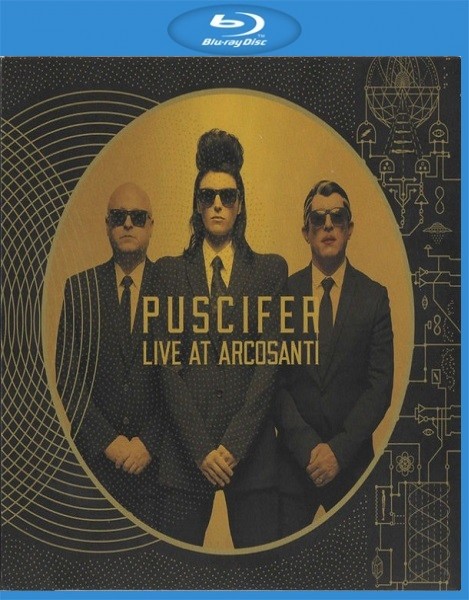

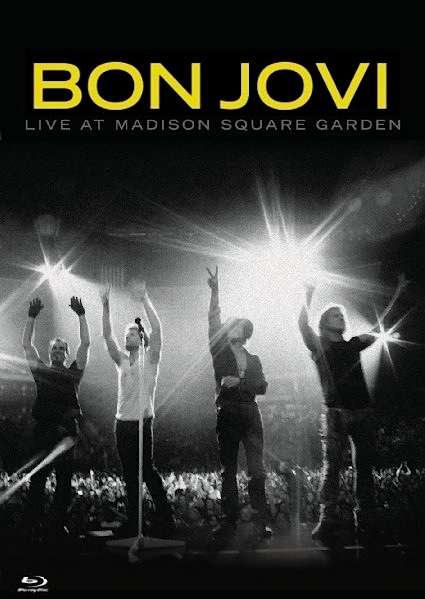
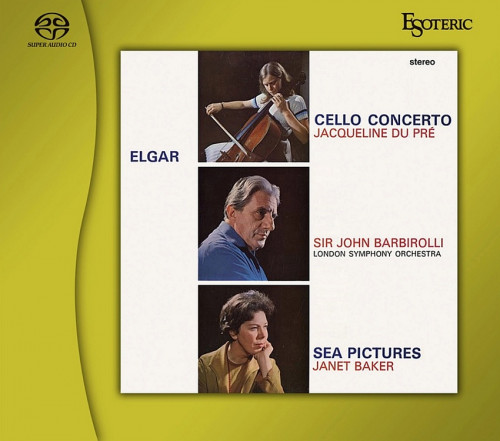
![Katia & Marielle Labèque, Chris Richards, London Symphony Orchestra, Sir Simon Rattle – NAZARENO! Bernstein, Stravinsky, Golijov (2022) [Official Digital Download 24bit/96kHz]](https://imghd.xyz/images/2022/06/14/r0ldk5bdmmpic_600.jpg)
![London Symphony Orchestra, Stefan Sanderling & Amy Schwartz Moretti – Christopher Schmitz: Violin Concerto & Symphony No. 1 “Land of the Free” (2024) [Official Digital Download 24bit/96kHz]](https://imghd.xyz/images/2024/05/10/vp16jm3zmc7ea_600.jpg)
![Soweto Kinch, London Symphony Orchestra, Lee Reynolds – White Juju (Live) (2022) [Official Digital Download 24bit/48kHz]](https://imghd.xyz/images/2022/12/29/oak36dxhf4htc_600.jpg)

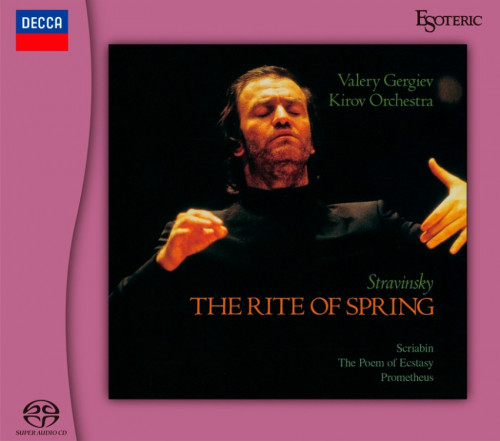
![London Symphony Orchestra – Mozart: Symphonies Nos. 39 & 41; Overture, Le nozze di Figaro (2024) [Official Digital Download 24bit/48kHz]](https://imghd.xyz/images/2024/04/30/egafslixsuleb_600.jpg)
![London Symphony Orchestra – Schubert: Symphonies Nos. 6 & 8; Rosamunde Overture (2024) [Official Digital Download 24bit/48kHz]](https://imghd.xyz/images/2024/04/28/vr9x2qj75l6aa_600.jpg)
![London Symphony Orchestra – Mozart: Symphony No. 40; Haydn: Symphony No. 92 (1954/2024) [Official Digital Download 24bit/48kHz]](https://imghd.xyz/images/2024/04/28/atb1v9hpv40ac_600.jpg)
![London Symphony Orchestra – Mozart: Symphonies Nos. 39 & 31 (1952/2024) [Official Digital Download 24bit/48kHz]](https://imghd.xyz/images/2024/04/28/iq1a16y0kyrqa_600.jpg)
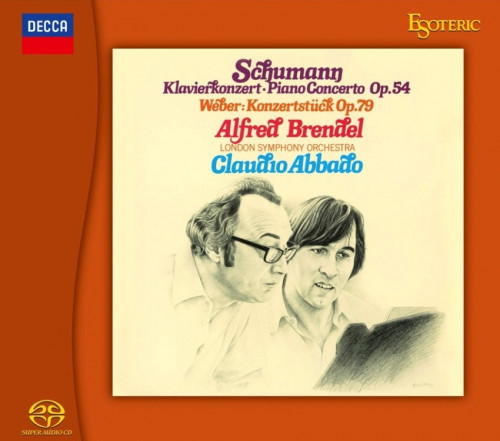
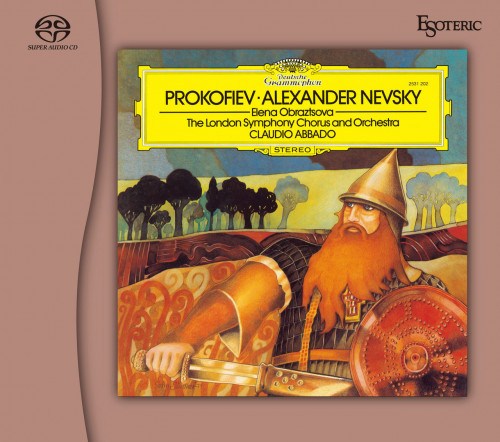
![London Symphony Orchestra & Sir Simon Rattle – Britten: Spring Symphony, Sinfonia da Requiem, The Young Person’s Guide to the Orchestra (2024) [Official Digital Download 24bit/96kHz]](https://imghd.xyz/images/2024/04/18/cd9e1tfo05kba_600.jpg)
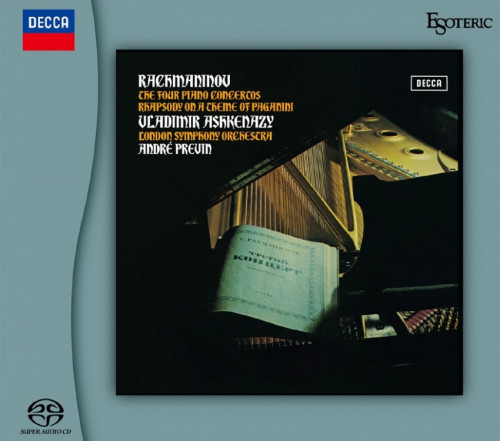
![Quatuor Ébène, Antoine Tamestit – Mozart: String Quintets K. 515 & 516 (2023) [Official Digital Download 24bit/96kHz]](https://imghd.xyz/images/2023/04/13/w7dkpa7wcahkc_600.jpg)
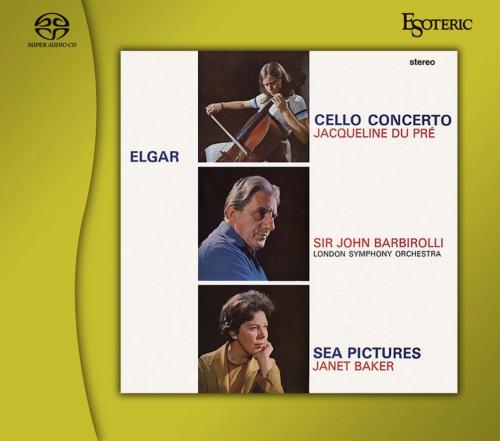
![Mariinsky Orchestra, Valery Gergiev – Prokofiev: Piano Concerto No. 3; Symphony No. 5 (2014) [Official Digital Download 24bit/96kHz]](https://imghd.xyz/images/2022/10/23/os6lkdx194z5b_600.jpg)
![Peter Katin, London Symphony Orchestra, Sir Eugene Goossens – Schumann: Piano Concerto & Franck: Variations Symphoniques (1959/2013) [Official Digital Download 24bit/192kHz]](https://imghd.xyz/images/2022/10/26/0848033023791_600.jpg)
![London Symphony Orchestra & Gianandrea Noseda – Prokofiev: Symphony No. 3 (2024) [Official Digital Download 24bit/192kHz]](https://imghd.xyz/images/2024/03/08/sfkz2204wmxfa_600.jpg)
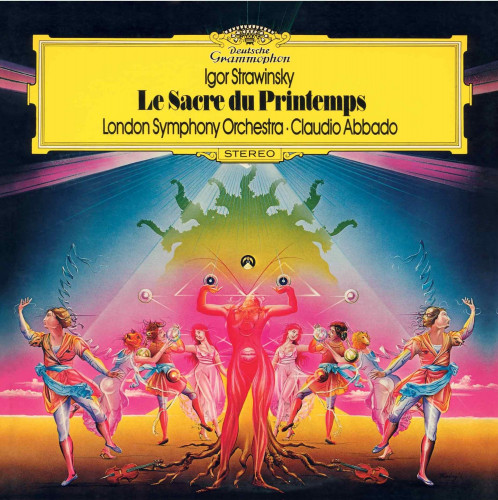
![Amanda Majeski, Simon ONeill, Katarina Dalayman, London Symphony Orchestra & Sir Simon Rattle – Janáček: Katya Kabanova (2024) [Official Digital Download 24bit/192kHz]](https://imghd.xyz/images/2024/02/22/mzsdvg2shskja_600.jpg)
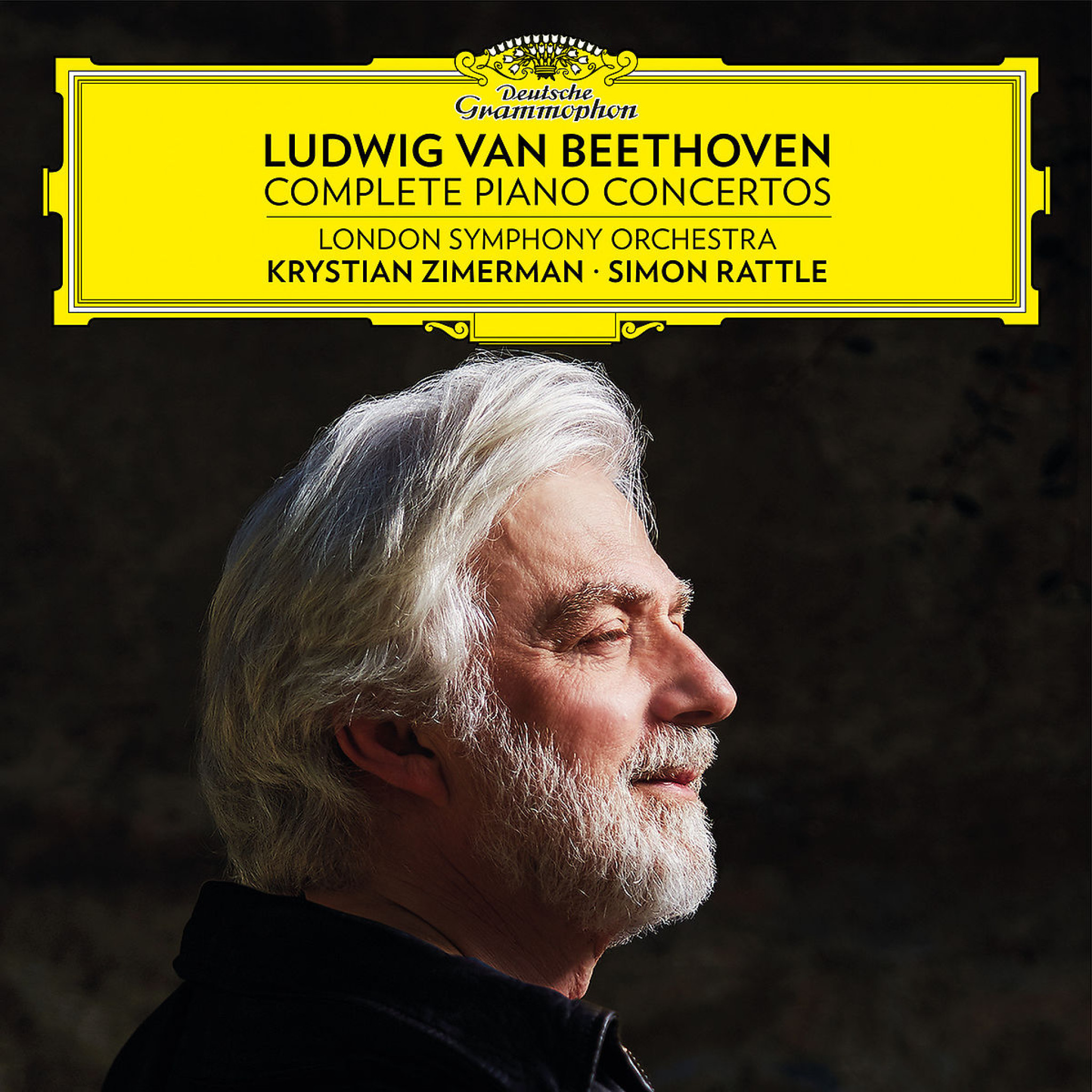
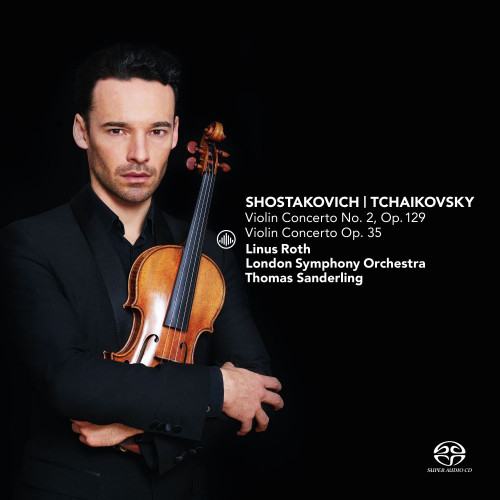
![Arthur Grumiaux, Sir Colin Davis & London Symphony Orchestra – Mozart: The 5 Violin Concertos by Arthur Grumiaux (2024) [Official Digital Download 24bit/96kHz]](https://imghd.xyz/images/2024/01/25/zbqoqjjbbxqta_600.jpg)
![London Symphony Orchestra, Sir Eugene Goossens – Stravinsky: Petrouchka, Ballet Suite in 4 scenes for orchestra (1959/2013) [Official Digital Download 24bit/192kHz]](https://imghd.xyz/images/2022/08/08/0848033016199_600.jpg)
![London Symphony Orchestra, Sir Eugene Goossens – Tchaikovsky: Manfred Symphony (1959/2013) [Official Digital Download 24bit/192kHz]](https://imghd.xyz/images/2022/06/07/0848033023760_600.jpg)
![London Symphony Orchestra, Eugene Goossens – Rimsky-Korsakov: Scheherazade (1960/2013) [Official Digital Download 24bit/192kHz]](https://imghd.xyz/images/2022/10/15/0848033016168_600.jpg)
![London Symphony Orchestra, Claudio Abbado – Rossini: Overtures (1975/2023) [Official Digital Download 24bit/192kHz]](https://imghd.xyz/images/2023/06/19/cvzhb53ynxdcb_600.jpg)
![London Voices, London Symphony Orchestra, Marin Alsop – Amanda Lee Falkenberg: The Moons Symphony (2022) [Official Digital Download 24bit/48kHz]](https://imghd.xyz/images/2022/12/09/m7c2dnupytbda_600.jpg)
![London Symphony Orchestra, Bernard Haitink – Brahms: Symphonies Nos 1-4 (2022) [Official Digital Download 24bit/96kHz]](https://imghd.xyz/images/2022/10/15/00944e93.jpg)